04月21 Does Tattoo Removal Leave Scars?
No! Not generally. The removal process itself should not cause scarring. In fact, there is a very low risk of scars if quality laser tattoo removal equipment is used by qualified specialists.
If there are existing scars, however, they will remain. The laser can remove the tattoo ink, but not scar tissue from the original tattoo.
Problems with scarring don’t usually arise from removal treatments, but rather with improper before and aftercare. It is vitally important that appropriate care be given to the affected skin before and following treatment(s).
Here are 7 tips to help you prevent laser tattoo removal scars.
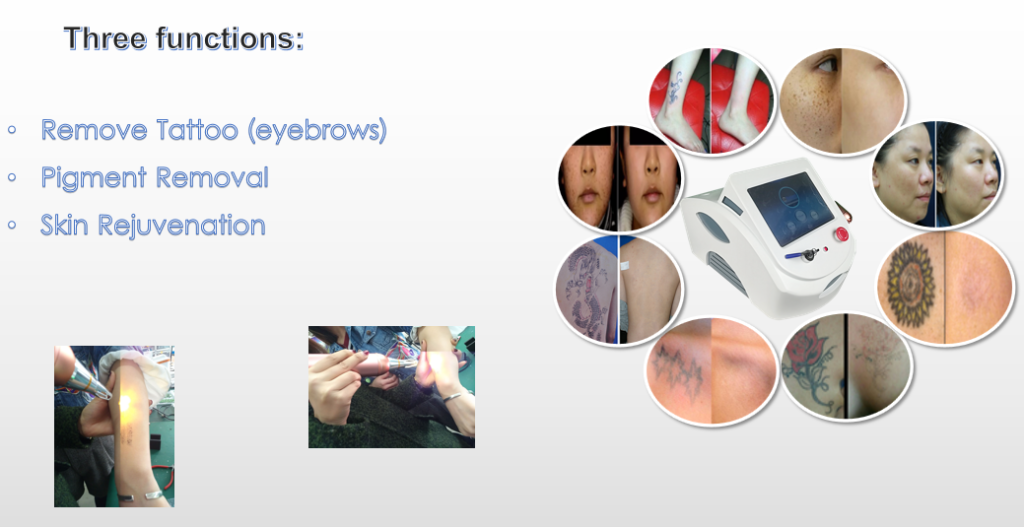
7 Tips to Prevent Laser Tattoo Removal Scars
- Seek Out Qualified Removal Specialists with Up-to-Date Equipment
As technology has advanced, the risk of tattoo removal scarring has reduced significantly. Older equipment would heat the skin tissue to the point of causing damage and scars.
Newer lasers like the Q-Switched laser shatter ink particles with short pulses of light, leaving the surrounding skin unharmed.Choose a clinic with up-to-date equipment and qualified technicians. The right equipment in the hands of a well trained professional will reduce your risk of scars exponentially.
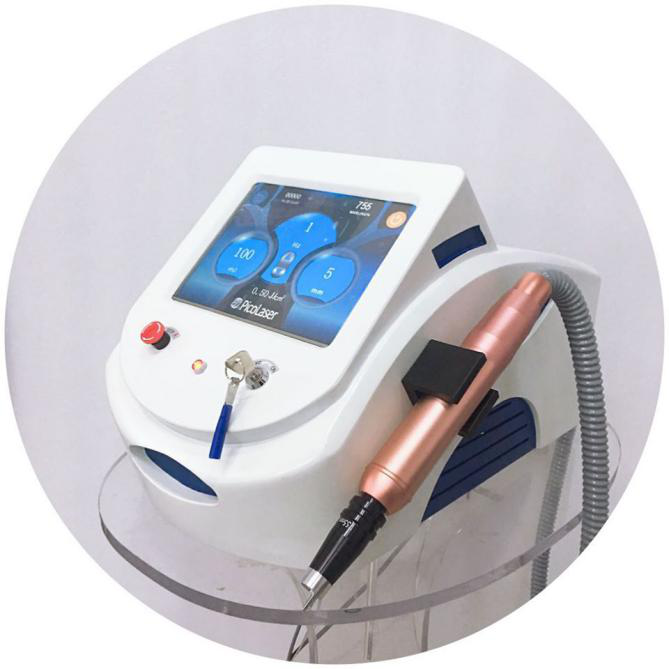
- Don’t Rush to the Finish Line
Allow proper healing time between treatments. Expect that time to be 4-8 weeks. Patience will return better overall results.
The more time you give your skin to heal between treatments, the less chance you’ll have of experiencing side effects and/or scarring.
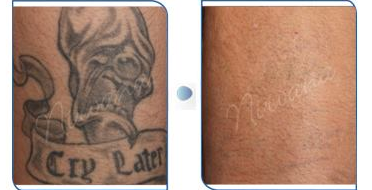
- Resist the Urge to Scrape, Itch, or Pop
After having a tattoo removal treatment, you may experience redness, scabbing, blisters, swelling, and/or itching. This is a normal part of the healing process and can last from a couple hours to a couple weeks.
It’s your immune system doing its work to heal and remove the ink.
Picking at scabs or popping blisters can cause scarring and the potential for infection, so DON’T. Scabs and blisters need to heal naturally. Apply ointment when needed and as recommended.
For the same reasons, avoid shaving in the treated area. You can resume shaving after the area has healed properly (within 1-2 weeks).
If you’re itchy and you can’t ignore it, choose to lightly slap your skin rather than scratch it.
- Keep the Treated Area Clean and Dry
- Stay Hydrated
- Respect the Sun
- Say NO to Vices
How many treatments do I need and how long will it take?
The answer to this question depends completely upon the size of your tattoo, the variety of inks used, and other factors such as your immune system and skin’s response to the treatment. Many people think all tattoos are equally easy to remove, but some colour are more difficult to remove, such as purple, lilac, aqua or yellow. According to the Journal of the American Medical Association, 47% of tattoos require up to 10 sessions to be completely removed with a Q-switched laser and 26% require more than 15 sessions. This could result in the overall process taking a few months before the tattoo is completely faded.
Does laser tattoo removal hurt?
Laser tattoo removal can cause slight discomfort, but not serious pain. Some patients opt for a skin numbing cream prior to treatment just to take away any uneasiness.
You Might Also Enjoy…
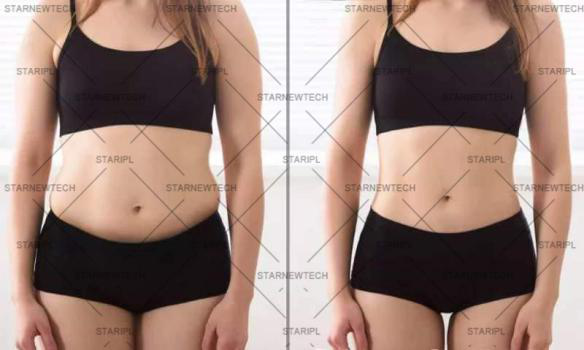
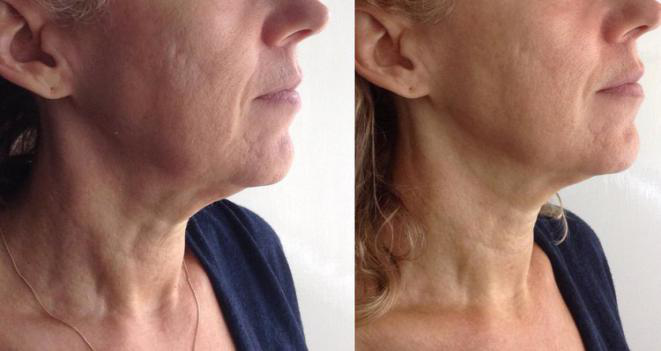




No Comments